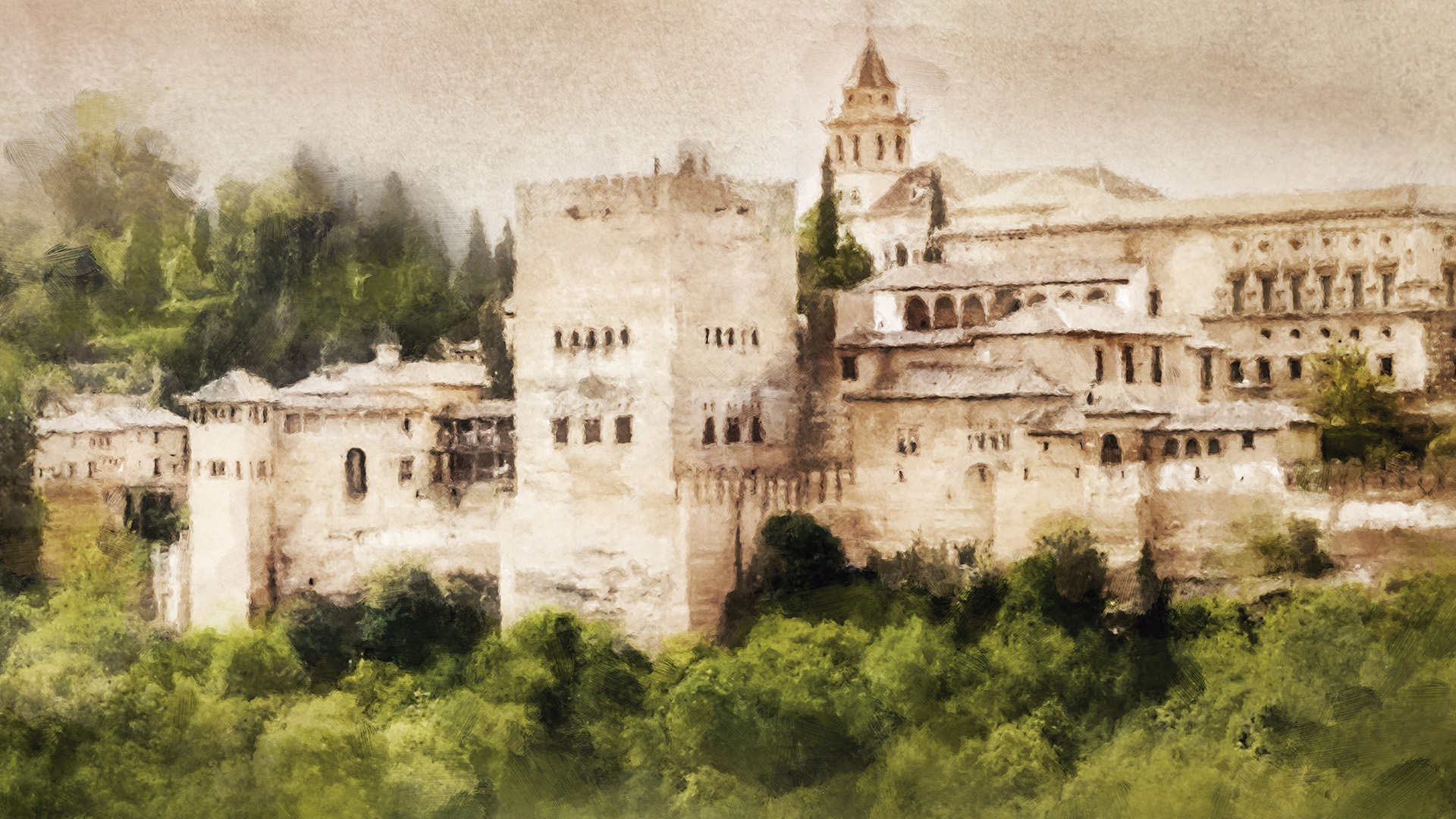The Alhambra in Granada is one of the most beautiful examples of Islamic architecture in Europe and one of the most visited attractions in the world. Built in the 13th century by the Nasrid dynasty, it stands on the hill of al-Sabika, overlooking the Albaicín neighbourhood and the Sierra Nevada Mountain range. This citadel, palace and fortress was designed to demonstrate Muslim power to the city. The name Alhambra means ‘red castle’, alluding to the colour of its walls. With the fall of the Caliphate of Córdoba, Granada became the last Islamic bastion on the Peninsula, and it was during this period that the magnificent palaces of Mexuar, Comares and León appeared. After the Christian conquest in 1492, the Catholic Monarchs adapted part of the area and Charles V built his Renaissance palace there. The Alhambra suffered years of neglect until it was restored and, in 1870, declared a National Monument. Today it is a World Heritage Site and a symbol of Andalusia’s cultural wealth.
The Alhambra
